Airports, airplanes, and passengers will be squeaky clean.
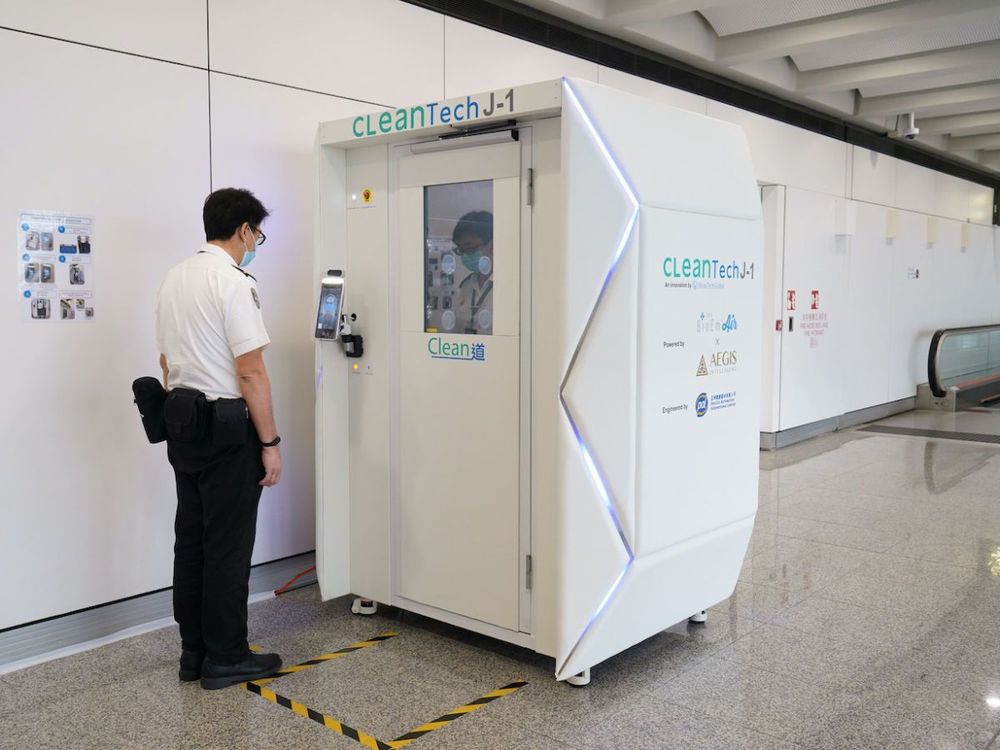

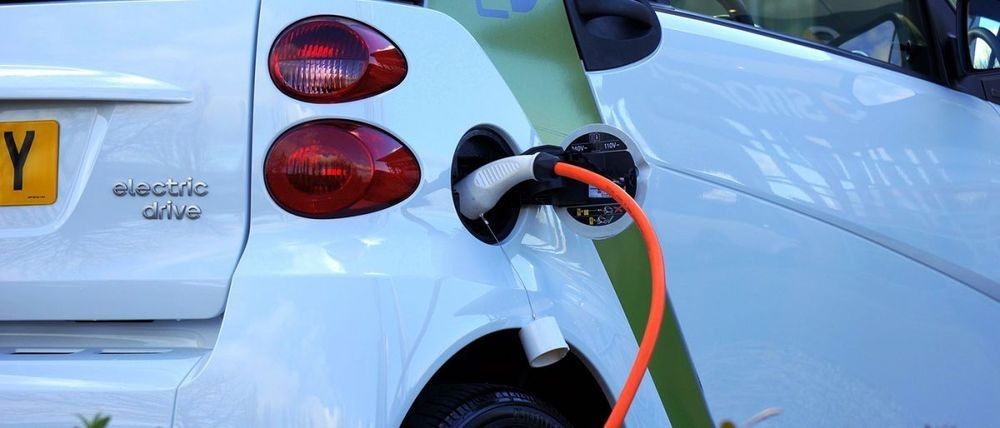
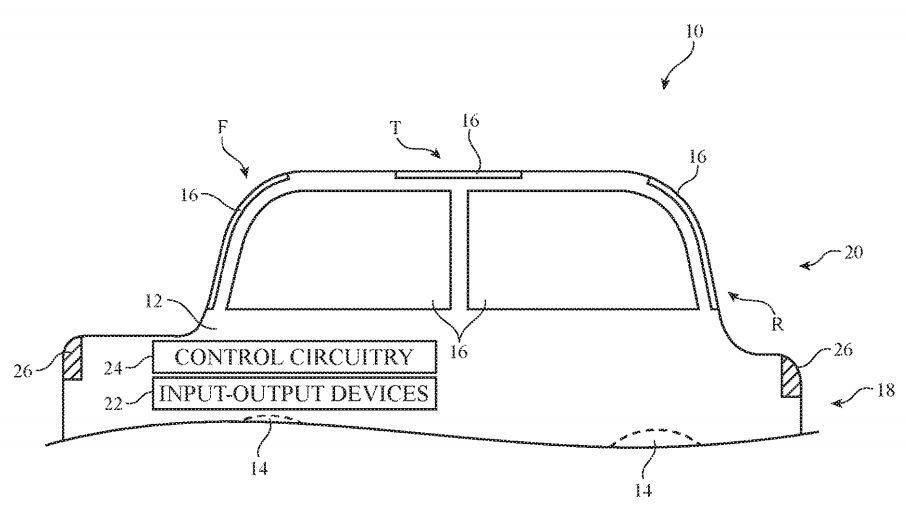
A recent patent filing offers a window into future forays by Apple into automotive design. Apple is exploring artificial intelligence systems that will enable future motorists to enjoy windows that continuously change characteristics as they drive.
Titled “Systems with adjustable windows,” U.S. Patent No. 10,625,580 envisions glass components that control light, reflection and heat conductance based on both user preference and sensory input.
The smart windows would contain multiple adjustable layers sandwiched between two panes of glass that could perform such functions as keeping a cool interior, providing privacy to occupants, allowing viewing through haze and blocking harmful sunlight radiation.
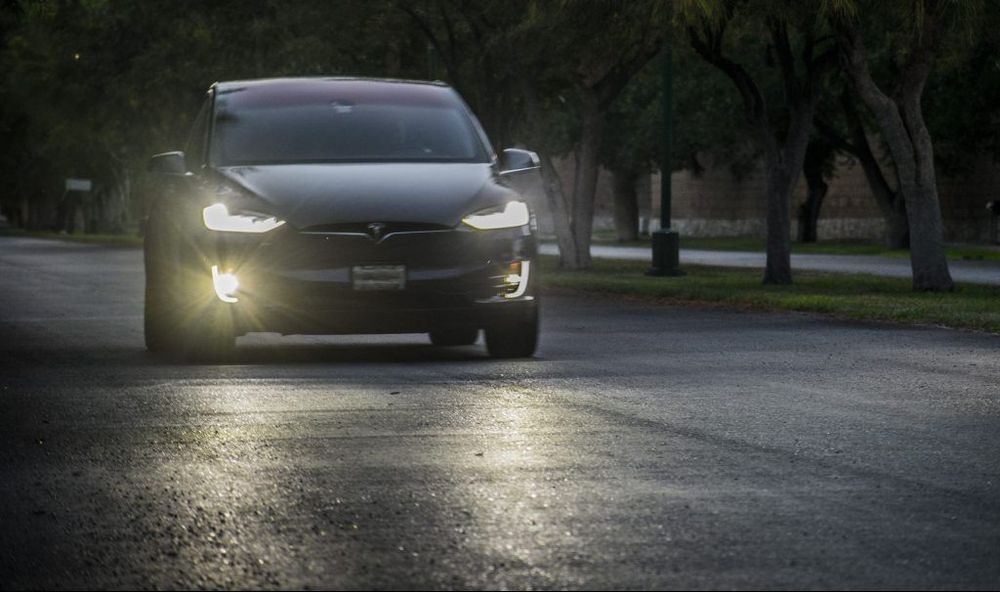
A recent analysis from a UK-based firm has determined that Tesla owners love to drive their vehicles, so much so that they actually rack up the most miles per year among specific car brands. This is a notable observation, and one that bodes well for the personal transportation industry as a whole.
Before the ongoing lockdown in the country, the RAC Foundation conducted an analysis of the Ministry of Transportation’s (MOT) data. According to the data presented, British car owners drive just a little bit over 10,000 miles per year on average during the first three years of vehicle ownership. A closer look into the data shows that this average is partly caused by the annual mileage of diesel and gas drivers.
On their own, diesel drivers average 12,496 miles annually during the first three years of ownership. This contrasts significantly with the figures from drivers of gasoline-powered cars, who average just 7,490 miles per year. This discrepancy is not that surprising, partly since diesel is usually much cheaper than gasoline, making them ideal for long trips. What is surprising is the data that came out from EV drivers.
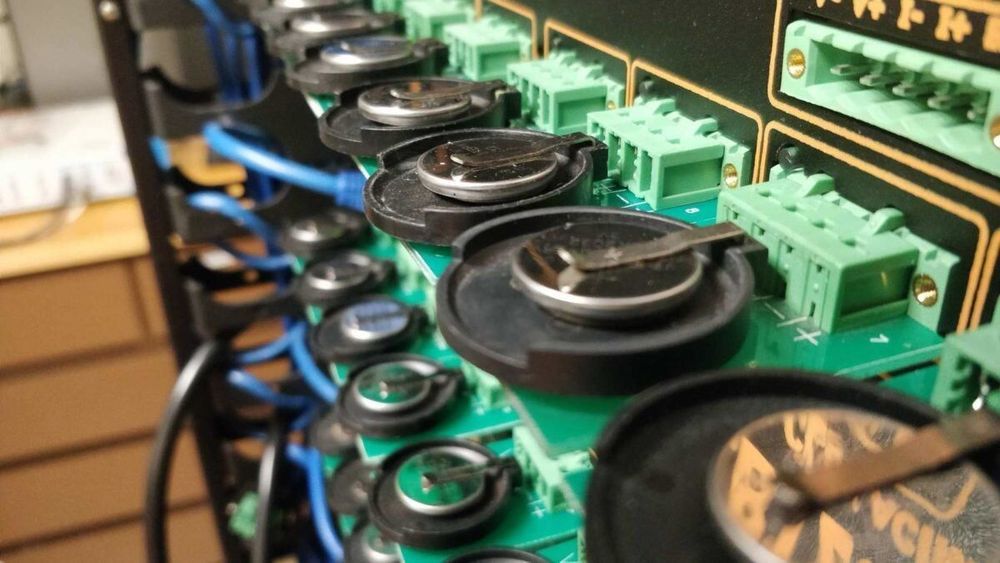
Lithium-sulfur batteries have been hailed as the next big step in battery technology, promising significantly longer use for everything from cellphones to electric vehicles on a single charge, while being more environmentally sustainable to produce than current lithium-ion batteries. However, these batteries don’t last as long as their lithium-ion counterparts, degrading over time.
A group of researchers in the Cockrell School of Engineering at The University of Texas at Austin has found a way to stabilize one of the most challenging parts of lithium-sulfur batteries, bringing the technology closer to becoming commercially viable. The team’s findings, published today in Joule, show that creating an artificial layer containing tellurium, inside the battery in-situ, on top of lithium metal, can make it last four times longer.
“Sulfur is abundant and environmentally benign with no supply chain issues in the U.S.,” said Arumugam Manthiram, a professor of mechanical engineering and director of the Texas Materials Institute. “But there are engineering challenges. We’ve reduced a problem to extend the cycle life of these batteries.”
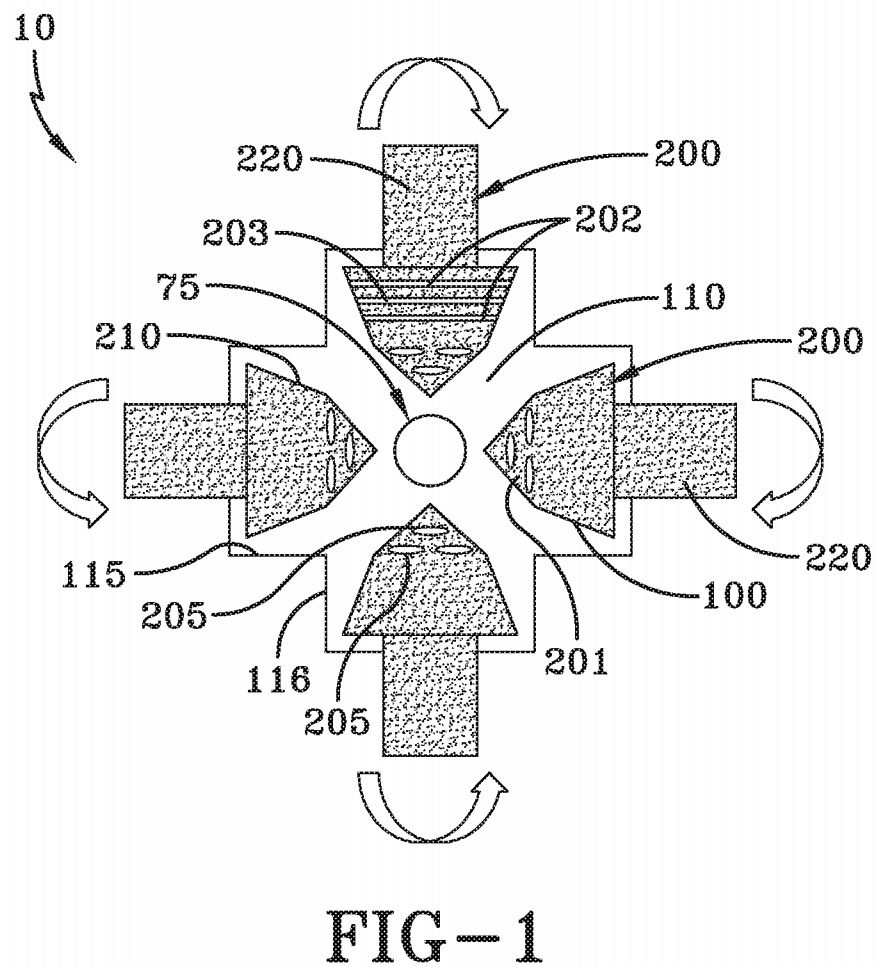
The US Patent Office has issued a patent for a Plasma Compression Fusion Device to Salvatore Pais, of Calloway MD. The patent assignee is the United States of American as represented by the Secretary of the Navy, Patuxent River MD.
The news of this patent issuance has produced a minor buzz that might turn into a cacophony or a flurry of excitement about ships, submarines and perhaps even aircraft powered by high powered, compact devices using a “virtually unlimited” fuel source.
I suspect many of the articles that might be written will gush about how these fusion devices will be far superior to conventional atomic fission devices because they will not produce radioactive waste products. [Right.].
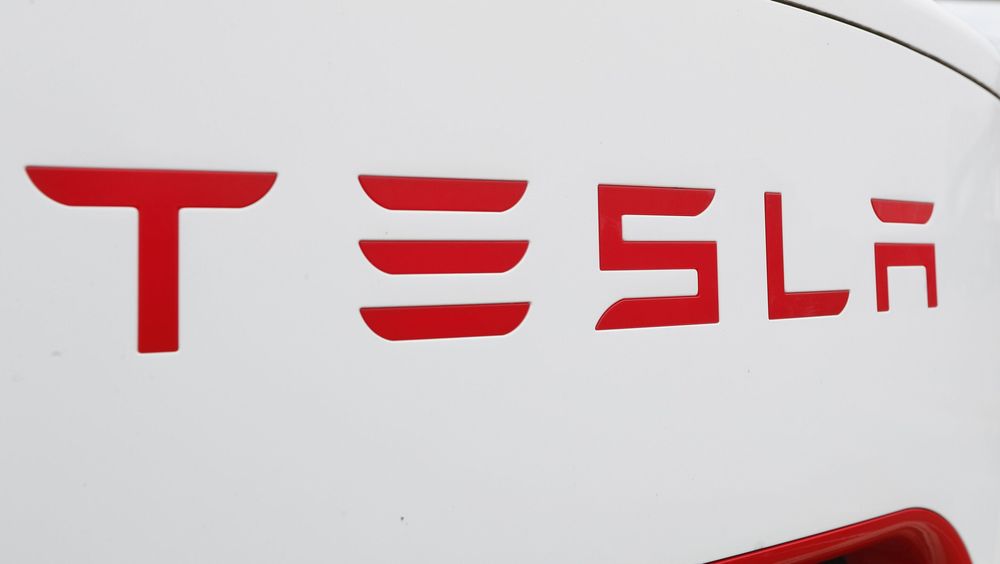
After testing on public roads, Tesla is rolling out a new feature of its partially automated driving system designed to spot stop signs and traffic signals.
The update of the electric car company’s cruise control and auto-steer systems is a step toward CEO Elon Musk’s pledge to convert cars to fully self-driving vehicles later this year.
But it also runs contrary to recommendations from the U.S. National Transportation Safety Board that include limiting where Tesla’s Autopilot driving system can operate because it has failed to spot and react to hazards in at least three fatal crashes.
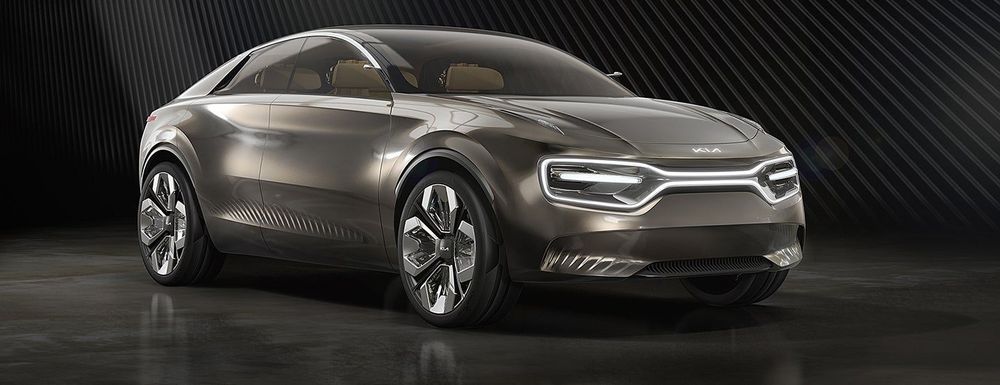
KIA and corporate cousin Hyundai build some efficient EVs that challenge industry leaders like Tesla. Yes, Elon an his minions are miles ahead in self-driving tech, but the Hyundai Kona EV and KIA Niro EV are world class cars that come close to meeting Elon’s plea to other manufacturers to build compelling electric cars.
The problem is, KIA and Hyundai don’t have a dedicated battery electric platform. Both the Kona and Niro share their underpinnings with hybrid and plug-in hybrid models. A pure battery electric car may be coming soon from KIA, however. Recently, Hyundai said it is planning to bring two new all electric models — the 45 Concept and the Prophesy Concept — to market this year and next. Both will be built on the company’s new Electric Global Modular Platform known internally as E-GMP.

Replacements are on the way for two decrepit 55th Wing jets that give the Air Force critical information about nuclear detonations in North Korea and elsewhere in the world.
The giant defense contractor L3Harris and the Air Force’s “Big Safari” acquisitions group are scheduled to start in May converting the first of three former Air National Guard fuel tankers into WC-135R radiation-detection aircraft. Work will start on the other two next year.
When they’re finished, all three aircraft will be assigned to the 55th Wing at Offutt Air Force Base. The first is scheduled for delivery in 2022, said Maj. Malinda Singleton, an Air Force spokeswoman, with the other two following in 2023.
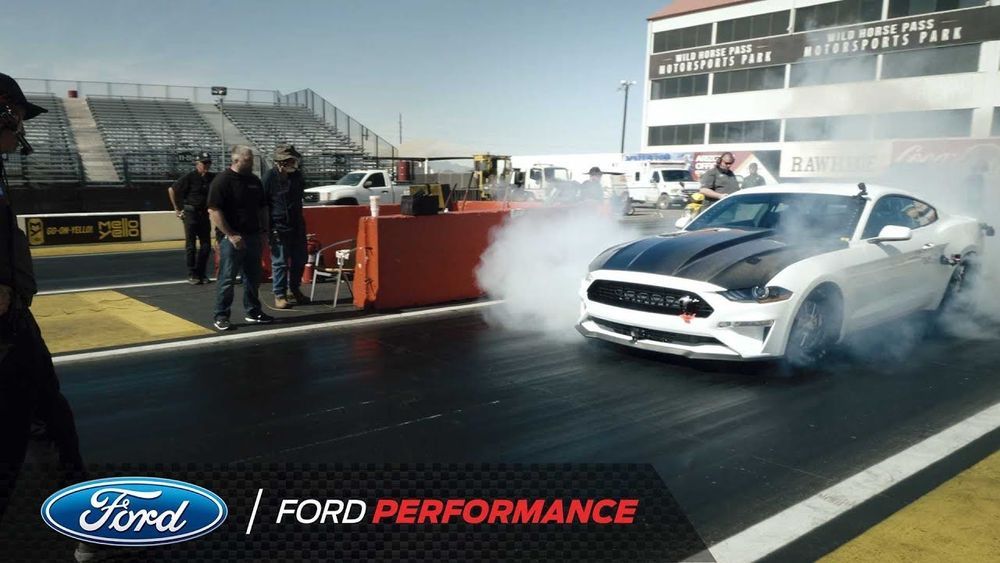
Ford dropped a massive media bomb yesterday with the introduction of its most powerful Mustang ever. And what a car! It packs some 1400 HP and more than 1100 lb-ft of TQ — enough to blast the car from a standstill to 170 MPH in just eight seconds with nary a sound. Meet the original, Ford’s first electric Mustang, the Cobra Jet 1400.